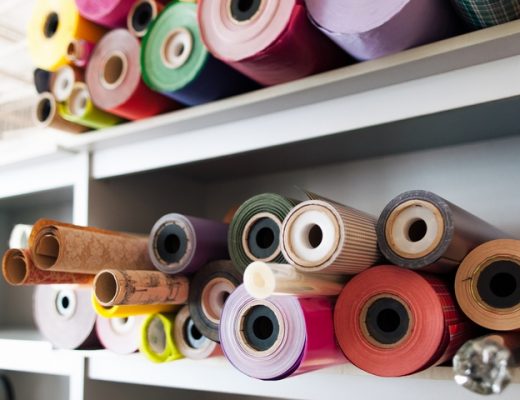Shipping a box may seem straightforward, but there’s actually a lot that goes into the process. Learning how to ship a box is an important skill to develop that can serve you personally and professionally. Taking the time to avoid common beginner mistakes can help you avoid errors during the shipping process.
Check out these 8 tips that will help you learn how to ship a box:
1. Measure Your Box

How to ship a box begins with the right measurements of your shipping boxes. Measuring your box can save you a lot of time at the post office. Start by measuring the largest side of the package and record it as the length. Second, measure the distance across the widest part of the package for the girth.
Add these numbers together for the total measurement. Some postal services may want you to record the height which you can do by measuring your box vertically. These numbers will determine the method the post office will use to ship your items.
2. Weigh Your Package

Weighing your package ahead of time is another way you save time when shipping a box. The total weight of your package will influence shipping costs and shipping methods. If your package exceeds certain limits (usually around 80 pounds), you’ll have to make alternate arrangements for delivery.
Excessively large packages can be shipped to a post office or business address. Weighing your package ahead of time can help you determine if it’s worth paying for the oversized load or splitting your package into two boxes.
3. Compare Shipping Rates In Your Area

One of the biggest mistakes people make is using the post office closet to them without any research. While this may be easier, you likely aren’t getting the best deal. Shopping around for shipping rates is especially important if you ship packages on a regular basis.
Some post services allow you to ship your items as freight, which can be significantly cheaper than commercial mail service. Shopping around for the best deal is worth your time.
4. Choose The Right Shape Box

The shape of the box you use can influence shipping costs. The wider your package is, the more it’s going to cost you to get shipped. Packages that are difficult or inconvenient to carry are also charged a premium for shipping.
Using the most condensed box possible gives you the best chance at finding reasonable shipping rates. Using a condensed box is also a good idea if you choose freight shipping, which is usually rougher than a commercial mail service.
5. Prepare Your Shipping Label

Having a clear and legible shipping label can make all the difference when getting your package to its final destination. You can write the shipping address directly on your package, but your handwriting may be hard to read, or the box may become damaged. Simple print a piece of paper with your item’s destination on it.
You can tape the paper to the package for a legible shipping label. It’s also a good idea to put an additional copy of the shipping label inside the package. In case the label is damaged, the carrier will look inside the package for additional shipping information.
6. Use Shipping Accessories To Secure Your Package

Shipping accessories can help secure your package before you send it on a long voyage. Bubble wrap and foam peanuts are worth buying if you’re shipping fragile items. You can also use newspaper as a substitute if you can’t find these items to cushion your package.
It’s important to seal any box you’re shipping with quality packing tape. Stay away from thin strips of masking or adhesive tape. You need to use packing tape that’s at least two inches wide to secure your package properly. It’s also a good idea to add an extra layer of tape on the bottom of your package for extra security.
7. Avoid Overpacking

Overpacking may seem like a good way to save time and money, but you’ll likely end up doing the opposite. Overpacking generally means you’ll have to use a larger box than necessary, which costs you more to ship.
The more compact your package is, the easier it is to ship. Overpacking also increases the risk of something happening to your box in transit. Consider using two boxes instead of stuffing everything into one oversized load.
8. Cover Up Old Labels And Barcodes

Something as simple as leaving an old barcode on your box can cause issues during shipping. Take the time to cover up or remove old shipping labels if you’re reusing a box. It’s also a good idea to remove lithium battery or hazardous material labels if they no longer apply to the package that you’re shipping. The markings on the box you use for shipping can affect how it is processed by postal workers.




